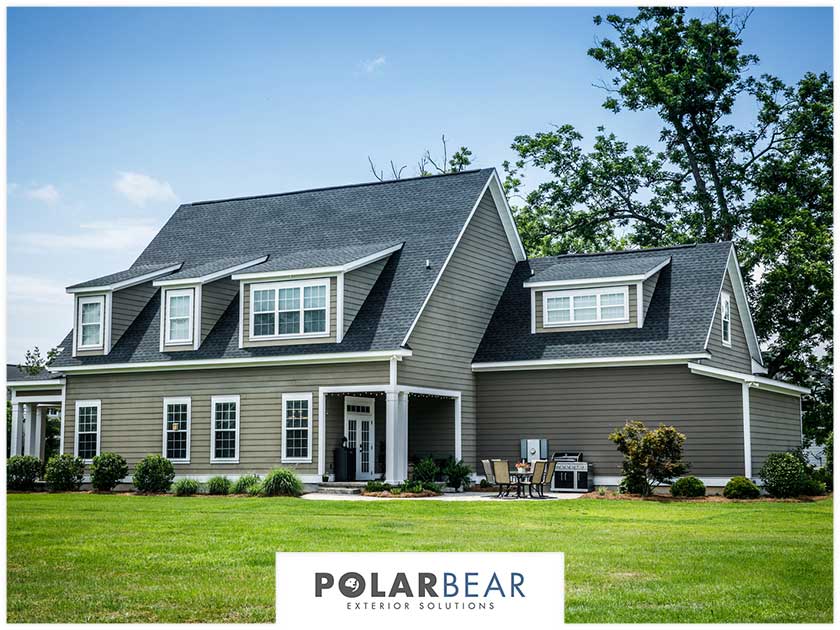Regardless of the type of siding protecting your house, it will need regular maintenance and eventually need to be replaced. Breaking and cracking siding as it ages is a problem you will want to address before it affects other parts of your house. Once it lets in a leak or bugs, the time may have already passed to address it without paying for costly fixes.

To maintain the integrity of your home, it’s essential to replace damaged siding before harm spreads and causes more expensive structural problems. Trusted siding and window contractor Polar Bear Exterior Solutions emphasizes that with a thorough evaluation of your home’s siding, you can get a better picture of the condition of your siding. Here’s what to look for:
- Blisters or Bubbles on Your Siding
If you spot blisters or bubbling forming beneath the surface of your siding, you should note that these are red flags. Bubbles and blisters indicate that water has gotten trapped within the siding, which means you have a moisture problem. Since siding is supposed to prevent moisture from entering your home, this is a good indication that your siding is no longer doing its job. - Fungus, Mold or Mildew on Your Siding
Be wary of fungus, mold or other kinds of growth that appear on your siding. These kinds of substances grow wherever moisture is available, which means that their presence could indicate that water is penetrating your siding and certainly worth further investigation. - Cracked, Warped or Rotting Siding
These may be the most obvious signs that your siding is damaged beyond repair. If your home has wood siding, look for brittle, powdery panels that have begun to crumble or are on the verge of crumbling. In this case, moisture has penetrated the wood fibers, breaking down the properties that give wood its strength. Ignoring rot will lead to further decay. If there’s more rot beneath the cracked or warped portions of your siding, it might be time to call in a professional siding contractor. - Severely Faded Siding
When siding loses its color and becomes severely faded, this is a sure sign that its weatherproofing is on its last leg. This means that it’s definitely a good time to consider upgrading your siding before more serious problems occur. - Siding in Need of Frequent Painting
Most homes require a fresh coat of paint every eight to ten years. Peeling or chipping paint is a strong indication that it’s time to replace your siding, and you may want to consider siding with long-lasting color and virtually no maintenance. - Higher Energy Bills
Most homeowners don’t associate high heating and cooling bills with their siding, but old and worn exterior cladding can be a major factor in a home’s energy loss. If your siding is old, and you’re paying high heating and cooling bills every month, it’s probably time to think about installing new siding. - Paint Peeling Inside Your Home
Sometimes bad siding outside your home reveals itself inside your home. Do you notice any loose wallpaper or paint peeling in your home? If moisture is getting through your siding and into your walls, it can cause significant damage to your home. Wallpaper and paint problems can be a sign that your siding is allowing unwanted moisture to enter your home.
Do you have old siding that is damaged by water and needs constant attention and upkeep? Perhaps your home had vinyl siding installed that is now warping and fading? Polar Bear Exterior Solutions has a low-maintenance solution that will add beauty, style and resale value to your home while protecting it from the elements for years to come! We also install Polar Bear windows, roofing and doors.
To request an in-person evaluation and siding estimate, contact our team at (425) 290-5579 or fill out our online contact request form. We serve clients in Seattle.

